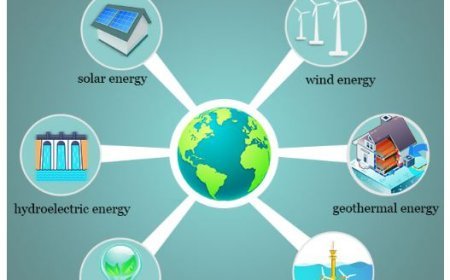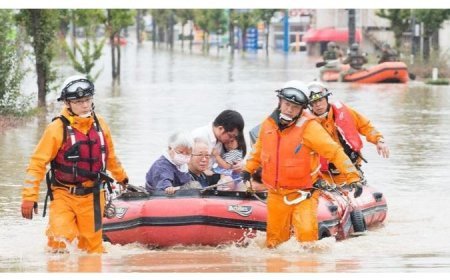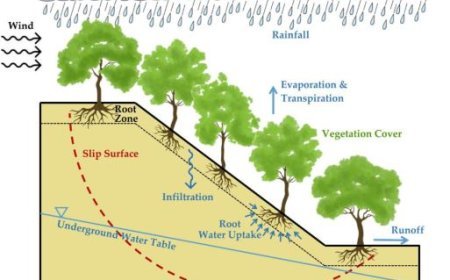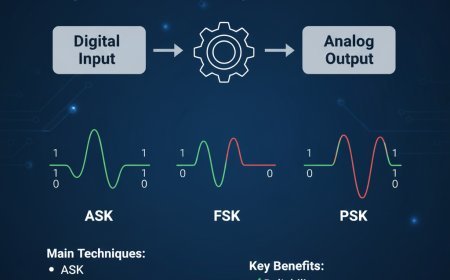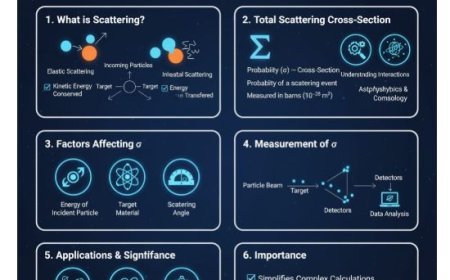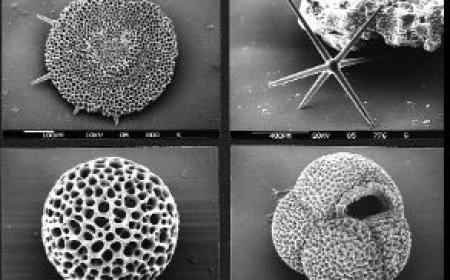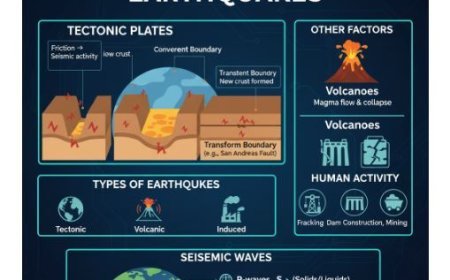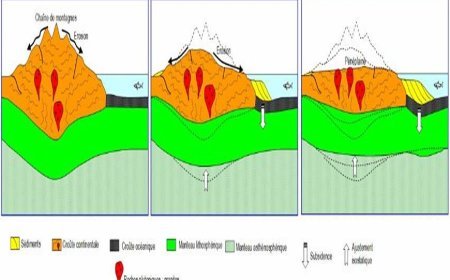PRECAMBRIAN GEOLOGICAL FORMATIONS IN INDIA
Delve into the Precambrian era and explore the ancient formations that shaped India's geological landscape. Learn about the significance of these formations in understanding Earth's history.
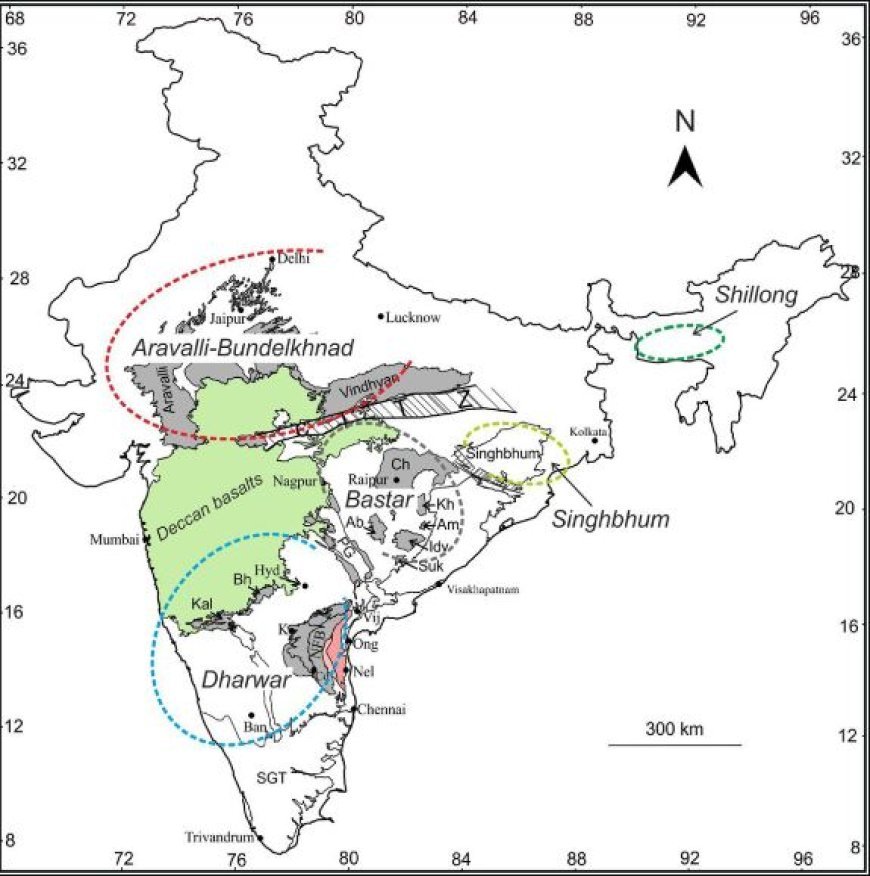
PRECAMBRIAN GEOLOGICAL FORMATIONS IN INDIA
- The Precambrian geological formations of India, which are some of the oldest rock systems on Earth, cover a period of more than 4 billion years and provide an important understanding of the past history of the planet.
- The Aravalli Mountain Range is situated in the states of Rajasthan, Haryana, and Gujarat.
Geological Age: Archean to Proterozoic.
- Key Formations: The Aravalli Supergroup comprises the Delhi and Ajabgarh formations.
- These encompass a diverse range of metamorphic rocks such as quartzites, schists, and gneisses.
- The Delhi Group is renowned for its quartzite and schist formations, whereas the Ajabgarh Group is distinguished for its conglomerite and slate formations.
- Conglomerates, quartzites, and slates are among the Proterozoic sedimentary deposits that define the Ajabgarh Group.
- Bundelkhand Craton Geographical Area: Uttar Pradesh and Madhya Pradesh, India.
- Geological Age: Archean to Proterozoic.
- Prominent Formations: Kaimur Group: Consist of sedimentary rocks including sandstone, siltstone, and shale, which offer significant insights into Proterozoic sedimentary settings.
- The Chambal Group is characterized by volcanic rocks such as basalt flows, which are representative of past volcanic activity.
3. Terrain of Southern Granulite Origin: Tamil Nadu, Kerala, Karnataka, and Andhra Pradesh.
- Geological Age: Archean to Proterozoic.
- Significant Formations: The Khondalite Series comprises high-grade metamorphic rocks, namely khondalite, quartzite, and charnockite.
- The Charnockite Series is renowned for its charnockites and related gneisses, which are indicative of important metamorphic transformations.
4. The Vindhyan Basin is situated in the states of Madhya Pradesh, Uttar Pradesh, Bihar, and Rajasthan.
Geological Age: Proterozoic.
- The Rewa Group is characterized by a diverse range of sedimentary rocks, such as sandstone, siltstone, and shale, which offer valuable information on past sedimentary environmental conditions.
- The Kaimur Group consists of supplementary sedimentary layers, including sandstones, siltstones, and shales, which provide valuable insights on Proterozoic climatic characteristics.
5. Singhbhum Craton Geographical area: Jharkhand and some regions of Odisha.
- Geological Age: Archean to Proterozoic.
- The Iron Ore Group is renowned for its abundant iron ore deposits, which include hematite and magnetite, together with related sedimentary rock formations.
- The Singhbhum Granite is composed of granitic and granodioritic rocks, which provide insights into past magmatic dynamics.
6. The Narmada-Son Lineament extends from Gujarat to Bihar.
Geological Age: Proterozoic.
Principal Formations: This prominent geological structure is associated with substantial tectonic processes and consists of Proterozoic sedimentary rocks and their corresponding metamorphosed equivalents.
7. Sargur Group Geographical area: Karnataka.
- Chronology: Archean.
- Prominent Formations: Sargur Schist: characterized by schist and gneiss containing a variety of metamorphic minerals, which are among the earliest sedimentary and volcanic rocks found in India.
8. Bastar Craton Geographical area: Chhattisgarh and some regions of Odisha.
Geological Age: Archean to Proterozoic.
- A notable formation is the Bastar Granite, which consists of ancient granitic rocks that offer evidence of early magmatic activity.
- The Bastar Group comprises a succession of metamorphic rocks, including schists and gneisses.
IMAGE (THUMBNAIL)
What's Your Reaction?









